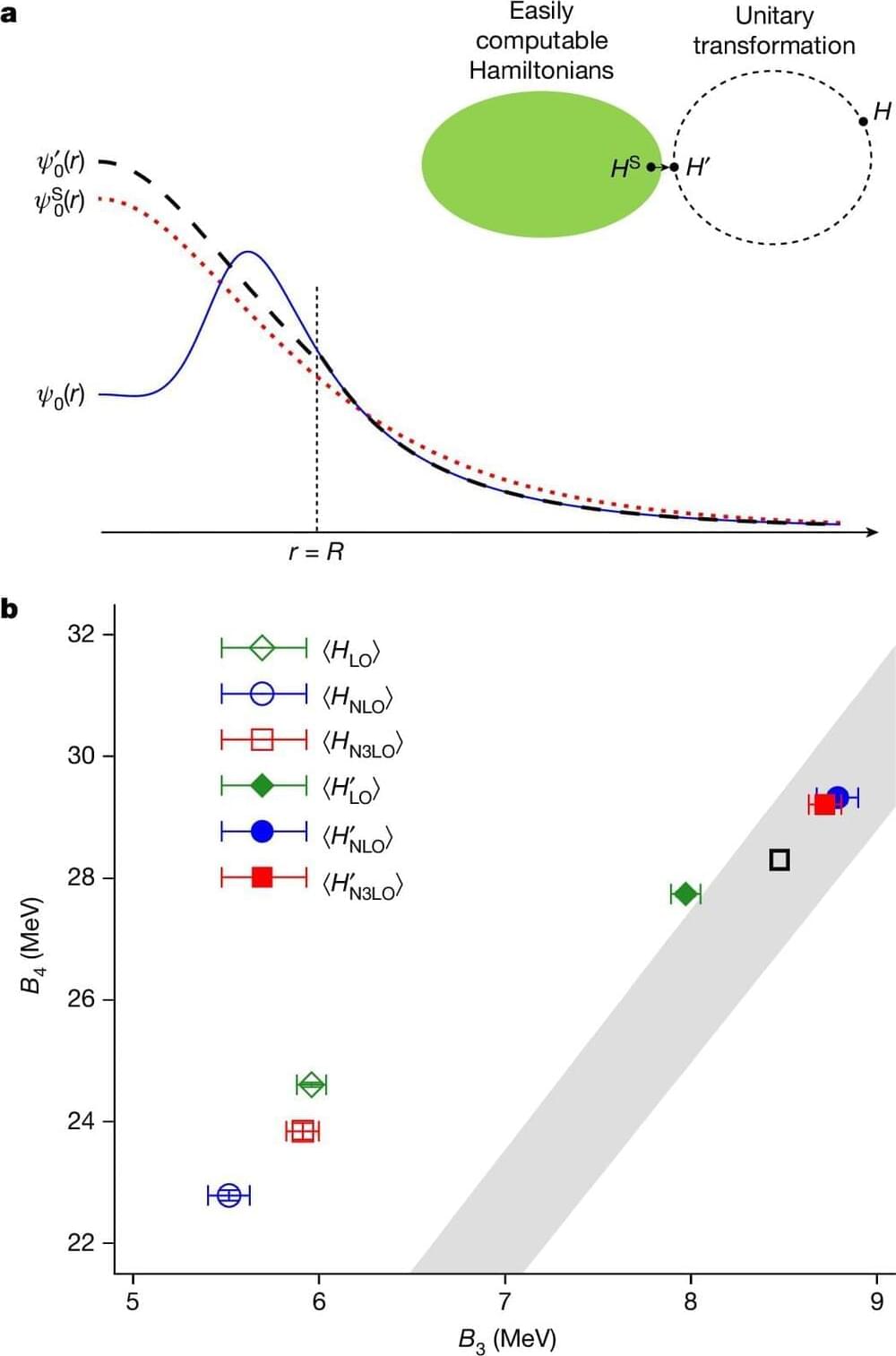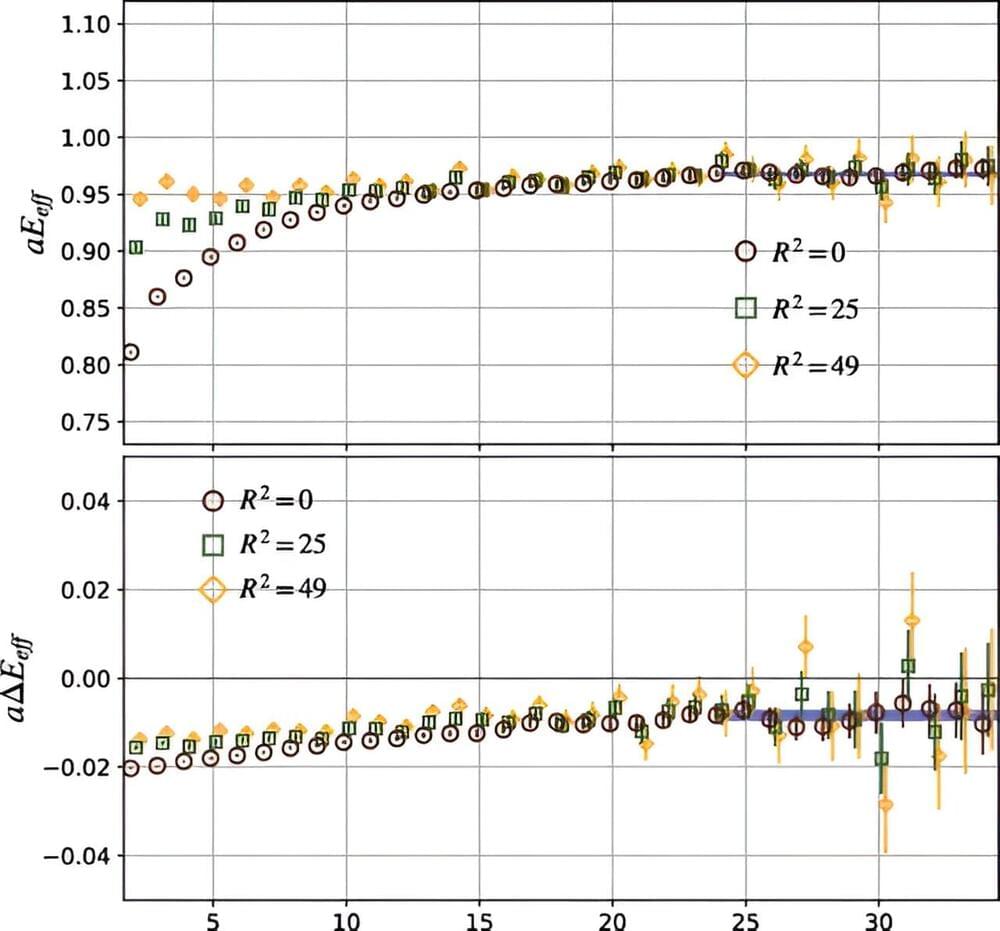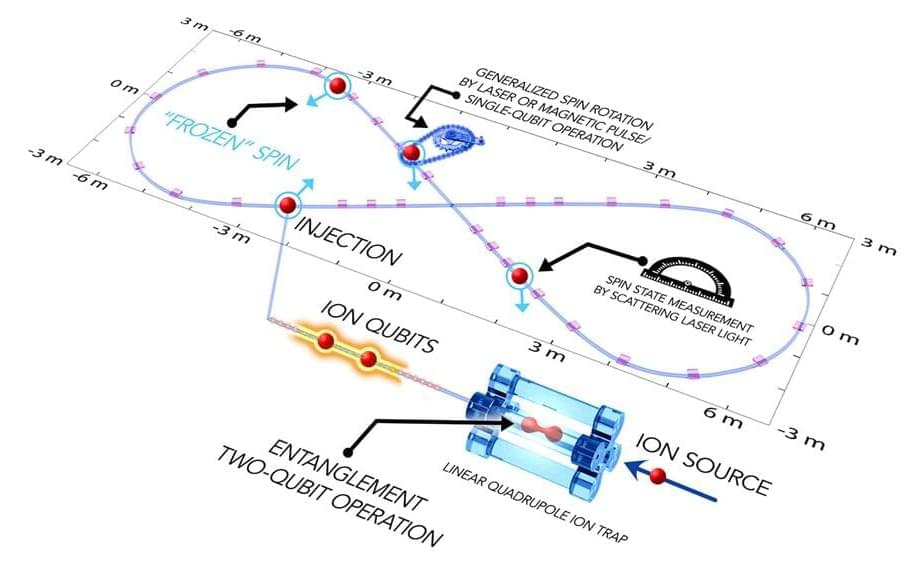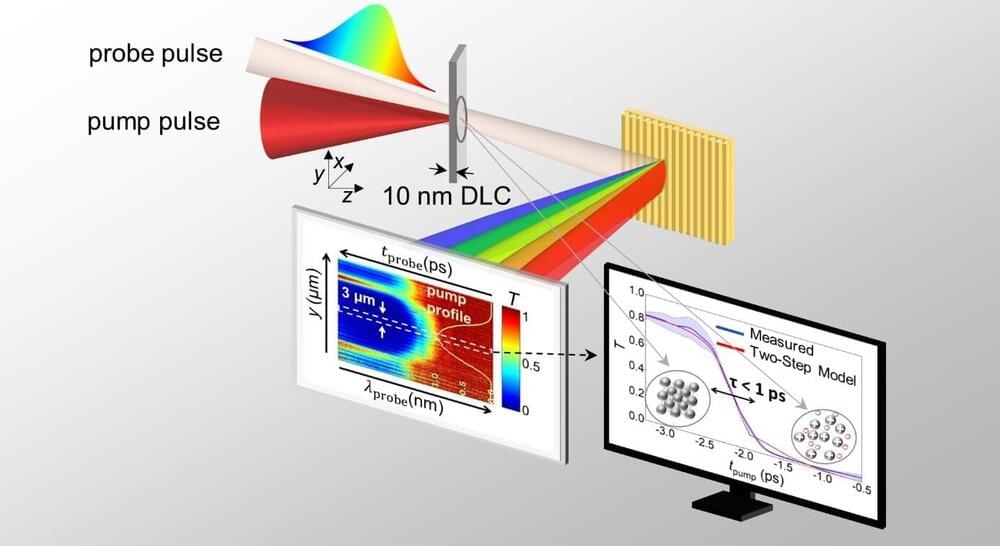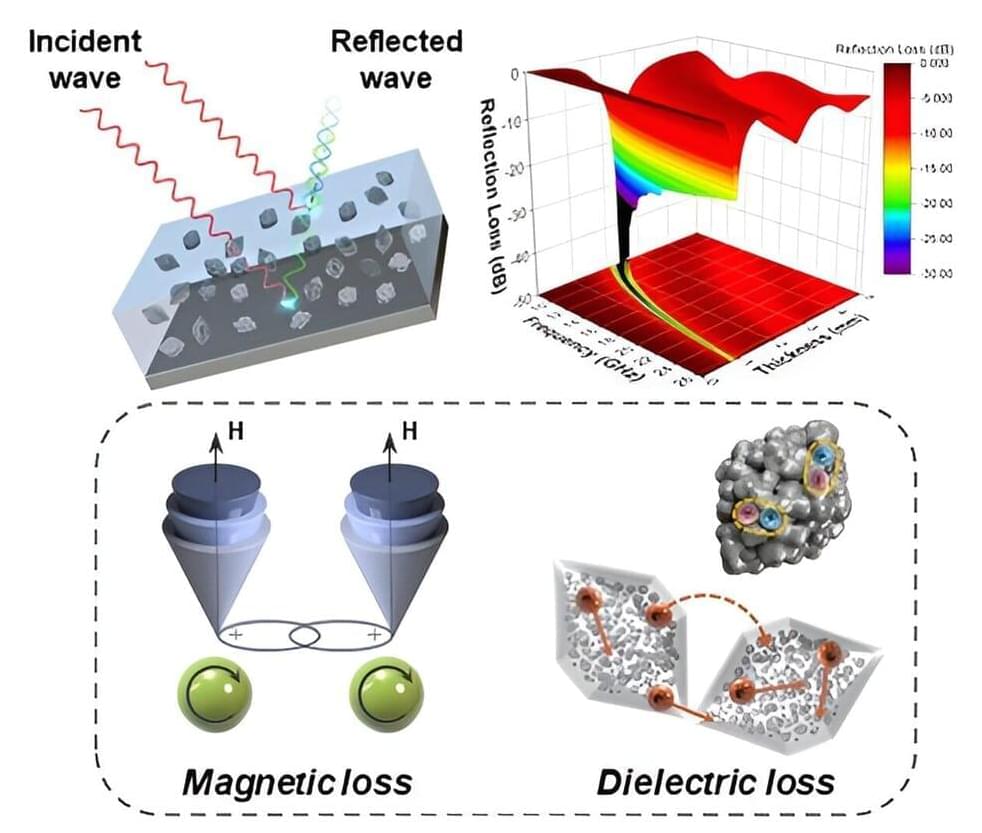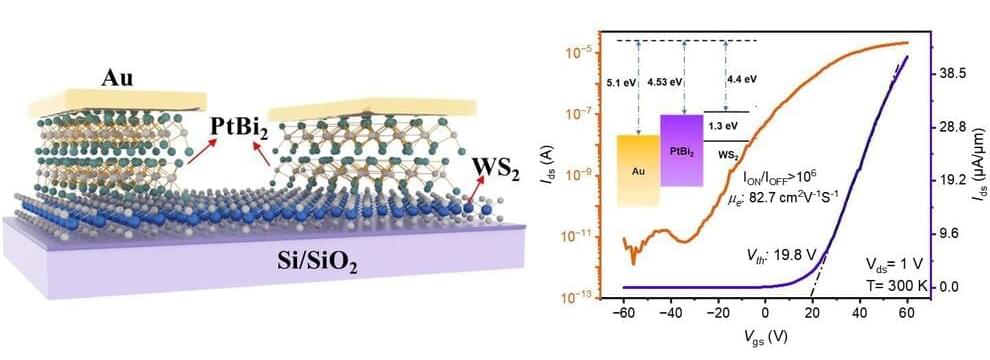New research identifies ONe novae as key sources of phosphorus, essential for life, with peak production aligning with the early Solar System.
Astronomers have proposed a new theory to explain the origin of phosphorus, one of the elements important for life on Earth. The theory suggests a type of stellar explosion known as ONe novae as a major source of phosphorus.
After the Big Bang, almost all of the matter in the Universe was comprised of hydrogen. Other elements were formed later, by nuclear reactions inside stars or when stars exploded in events known as novae or supernovae. But there are a variety of stars and a variety of ways they can explode. Astronomers are still trying to figure out which processes were important in creating the abundances of elements we see in the Universe.




